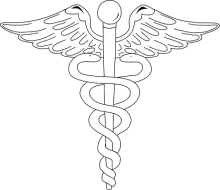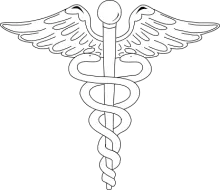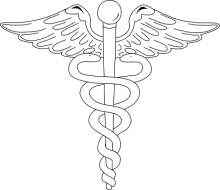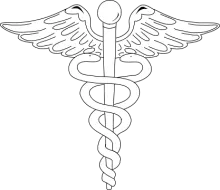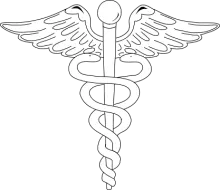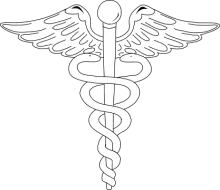A look at the Lumbar Spine
The spine is made up of distinct areas: the cervical spine, which is essentially the neck; the thoracic spine, in the mid-back; the lumbar spine, the lower back; and the sacral spine, in the pelvis. The lumbar vertebrae—the individual bones that make up the lumbar section of the spinal column—are described as L1 through L5. If one or more of those vertebrae are out of line—what chiropractors call a ‘subluxation’—here are some problems that may ensue:
- Read more about A look at the Lumbar Spine
- Log in to post comments

